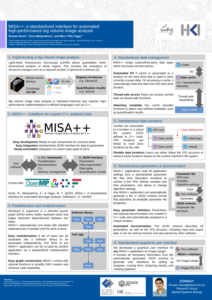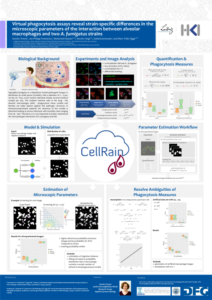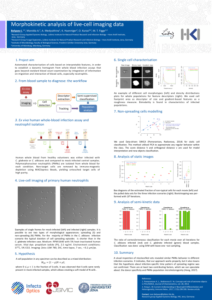In this study we investigate receptor–ligand binding in the context of antibody–antigen binding. We established a quantitative mapping between macroscopic binding rates of a deterministic differential equation model and their microscopic equivalents as obtained from simulating the spatiotemporal binding kinetics by a stochastic agent-based model. Furthermore, various properties of B cell-derived receptors like their dimensionality of motion, morphology, and binding valency are considered and their impact on receptor–ligand binding kinetics is investigated. The different morphologies of B cell-derived receptors include simple sperical representations as well as more realistic Y-shaped morphologies. These receptors move in different dimensionalities, i.e. either as membrane-anchored receptors or as soluble antibodies. The mapping of the macroscopic and microscopic binding rates allowed us to quantitatively compare different agent-based model variants for the different types of B cell-derived receptors. Our results indicate that the dimensionality of motion governs the binding kinetics and that this predominant impact is quantitatively compensated by the bivalency of these receptors.
Model for antigen binding by B cell-derived receptors
Publications
Nanobody-mediated neutralization of candidalysin prevents epithelial damage and inflammatory responses that drive vulvovaginal candidiasis pathogenesis.
Valentine M*, Rudolph P*, Dietschmann A, Tsavou A, Mogavero S, Lee S, Priest EL, Zhurgenbayeva G, Jablonowski N, Timme S, Eggeling C, Allert S, Dolk E, Naglik JR, Figge MT, Gresnigt MS*#, Hube B*#
Candida albicans can cause mucosal infections in humans. This includes oropharyngeal candidiasis, which is commonly observed in human immunodeficiency virus infected patients, and vulvovaginal candidiasis (VVC), which is the most frequent manifestation of candidiasis. Epithelial cell invasion by C. albicans hyphae is accompanied by the secretion of candidalysin, a peptide toxin that causes epithelial cell […]
IMFSegNet: Cost-effective and objective quantification of intramuscular fat in histological sections by deep learning.
Praetorius JP, Walluks K, Svensson CM, Arnold D, Figge MT#
The assessment of muscle condition is of great importance in various research areas. In particular, evaluating the degree of intramuscular fat (IMF) in tissue sections is a challenging task, which today is still mostly performed qualitatively or quantitatively by a highly subjective and error-prone manual analysis. We here realize the mission to make automated IMF […]
Selective Uptake Into Inflamed Human Intestinal Tissue and Immune Cell Targeting by Wormlike Polymer Micelles
Gardey E, Cseresnyés Z, Sobotta FH, Eberhardt J, Haziri D, Grunert PC, Kuchenbrod MT, Gruschwitz FV, Hoeppener S, Schumann M, Gaßler N, Figge MT, Stallmach A#, Brendel JC#
Inflammatory bowel disease (IBD) has become a globally prevalent chronic disease with no causal therapeutic options. Targeted drug delivery systems with selectivity for inflamed areas in the gastrointestinal tract promise to reduce severe drug-related side effects. By creating three distinct nanostructures (vesicles, spherical, and wormlike micelles) from the same amphiphilic block copolymer poly(butyl acrylate)-block-poly(ethylene oxide) […]









